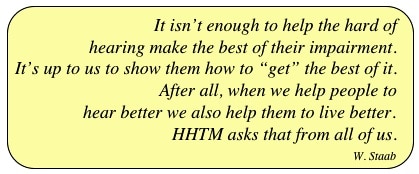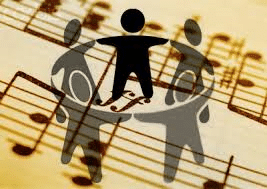Jul. 18, 2017
We are a bag of bio-chemicals mixed in with a lot of water and some other tissues and bone that give us structure. My waste-line may be a slim 34” at sea level, but over 35” at the top of Aspen Mountain- we are held together by atmospheric pressure, bones and other tissues- but what makes us go round are












